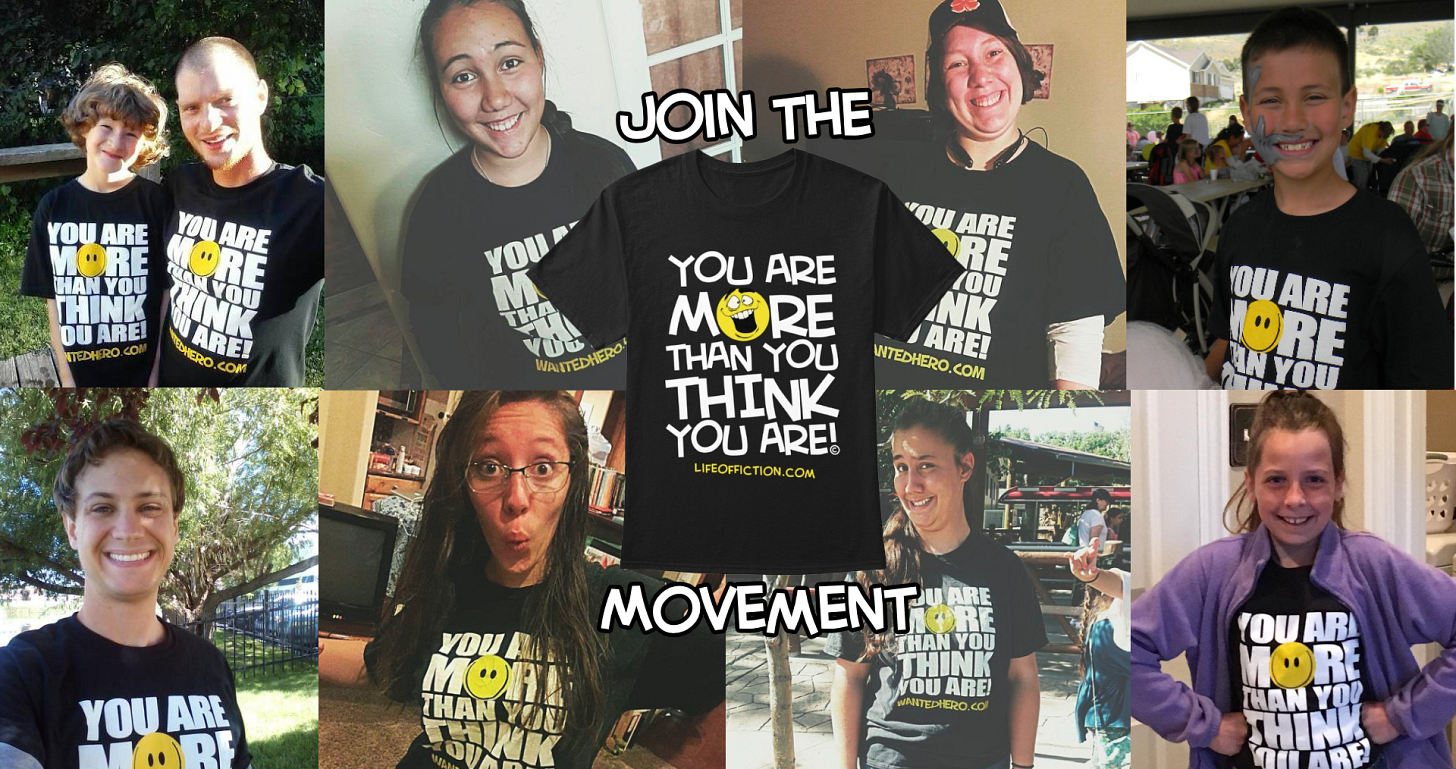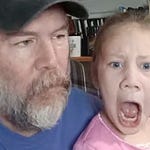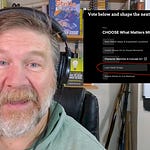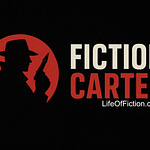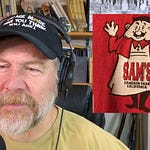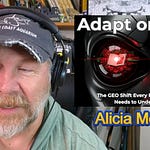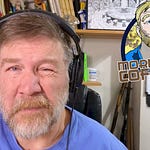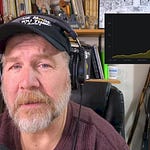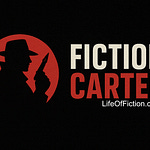A special thanks to Ann and Kummer for this great discussion.
If you haven’t checked out their Substacks, please do — they are wonderful writers!
In this episode, the crew dove deep into the psychology, structure, and creative approaches behind building memorable villains in fiction. What began as a fun discussion quickly turned into a masterclass in character development across formats like novels, serialized fiction, and screenwriting.
Key Highlights from the Conversation:
“I always like to pitch my bad guy’s point of view and make you go, ‘Well yeah... from a twisted angle, I see where they're coming from.’”
Tell Me A Mystery
Start With the Problem, Not the Person:
Jaime emphasized crafting villains as catalysts—they are obstacles that force growth, transformation, and critical decision-making for the hero.Villains Act, Heroes React (At First):
Kummer Wolfe shared a golden principle from tabletop roleplaying games: villains initiate the conflict, and heroes emerge in response. “No villain, no story.”Make Villains Human:
The best antagonists aren’t evil for evil’s sake. They believe they’re right. The panel agreed: “If your villain doesn’t think they’re the hero of their own story, you’re doing it wrong.”Hierarchy of Threats:
From big bads to minions and micro-conflicts, layered threats make for richer storytelling and allow the protagonist to level up emotionally and physically.Twist the Knife—Then Explain It:
The group celebrated villains who deliver emotional gut-punches but still make sense. “I may hate what they’re doing...but I understand why.”
“Villains act. Heroes react. If the villain doesn’t do anything, the hero just lives their life. You don’t get a story until the villain starts smashing things.”
Kummer Wolfe
Redemption Arcs & Grey Morality:
Can a villain be redeemed? Should they be? The panel discussed using side-villains as potential allies and revealed examples of twisting reader expectations late in the game.Serialized Writing Benefits:
Jaime discussed how building villains in a long-running story (like Wanted Hero) opens the door to recurring threats, interconnected character arcs, and emotional depth. “Comics trained me for this,” he said.Don’t Just Make ‘Bad Guys’:
Ann highlighted the pitfall of filler villains—antagonists that exist just to throw up walls. “Your villain’s logic has to hold up, or the reader checks out.”Emotion First, Action Second:
Real engagement comes when villains create an emotional response. If readers don’t feel something, the story flatlines.
“If it doesn’t make you cry while you’re writing it, they’re not going to cry reading it.”
Jaime Buckley
Every fiction story requires worldbuilding
Want access to Advanced Worldbuilding materials that compel your mind to be creative? Try these resources.
Advanced Worldbuilding Journal - Characters (400 printed pages)
Advanced Worldbuilding Journal - Animals (400 printed pages)
NOW AVAILABLE: The Worldbuilding Masterclass - A Story-First Worldbuilding System Designed to Collapse Time, Cut Confusion, and Create Lore That Lasts.
Check Out GoBrunch…It May Work For YOU!
Hope you enjoyed the video. Drop a comment below and let me know!
Remember:
You are MORE than you THINK you are!
Until Next Time,
Jaime *the-creative-addict* Buckley






